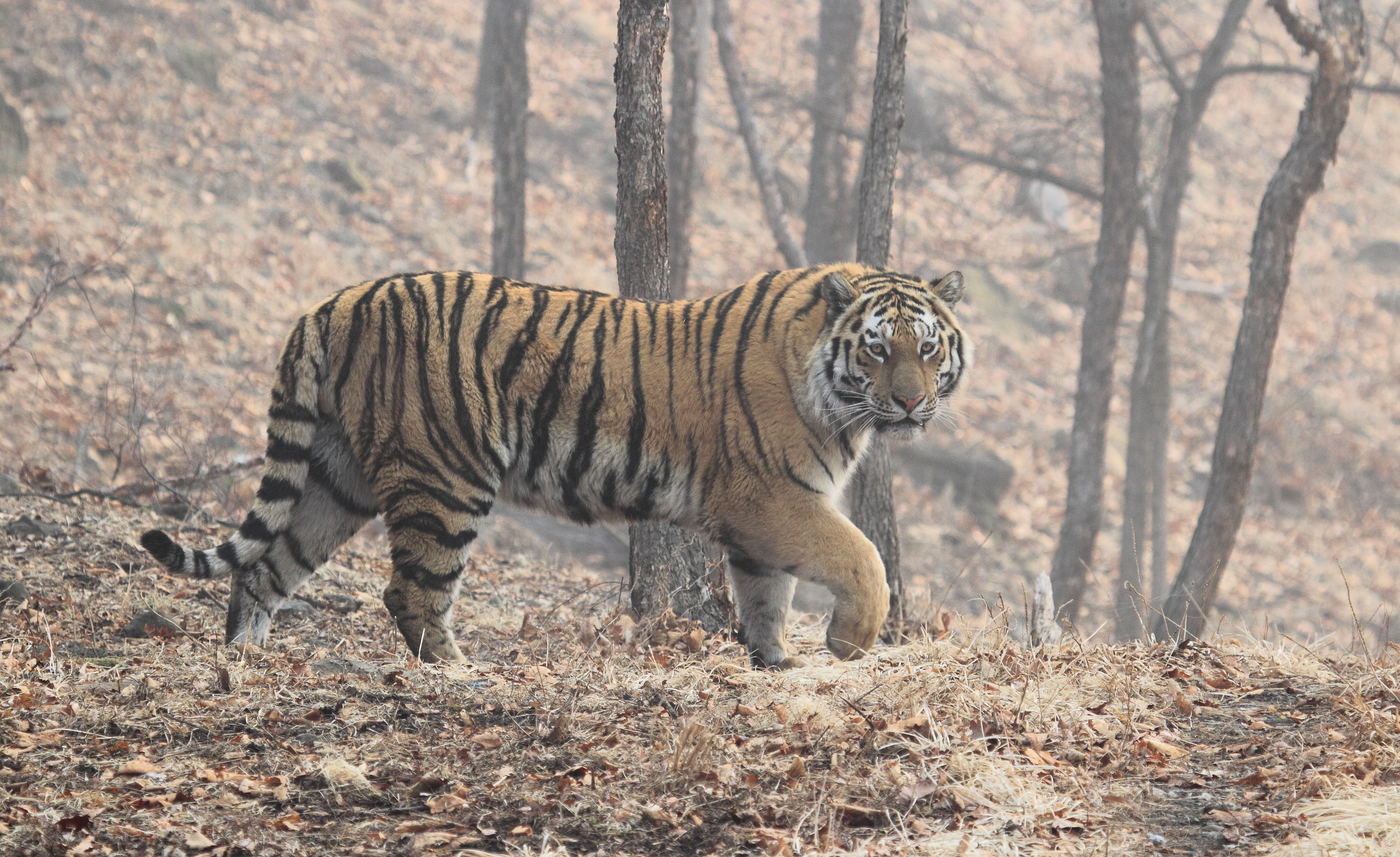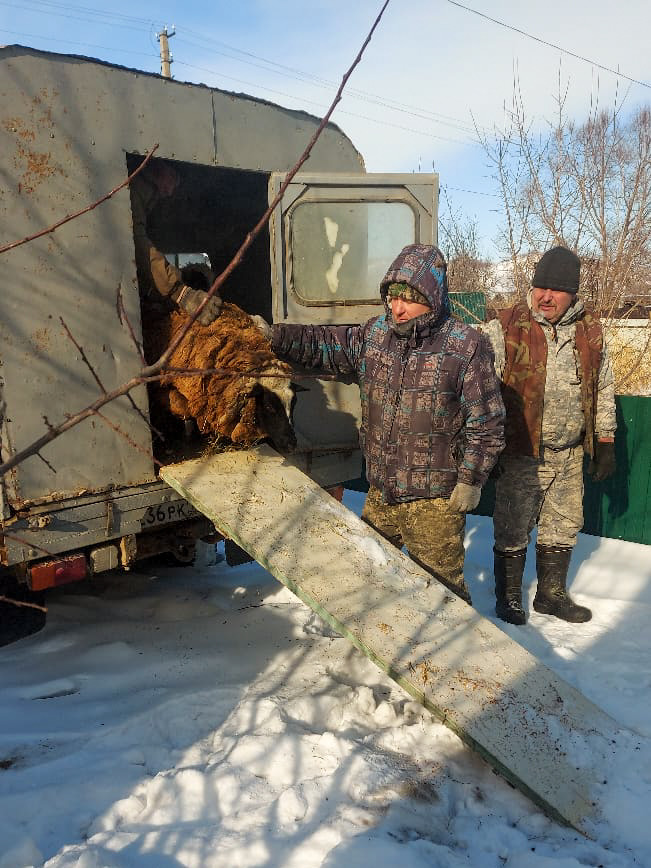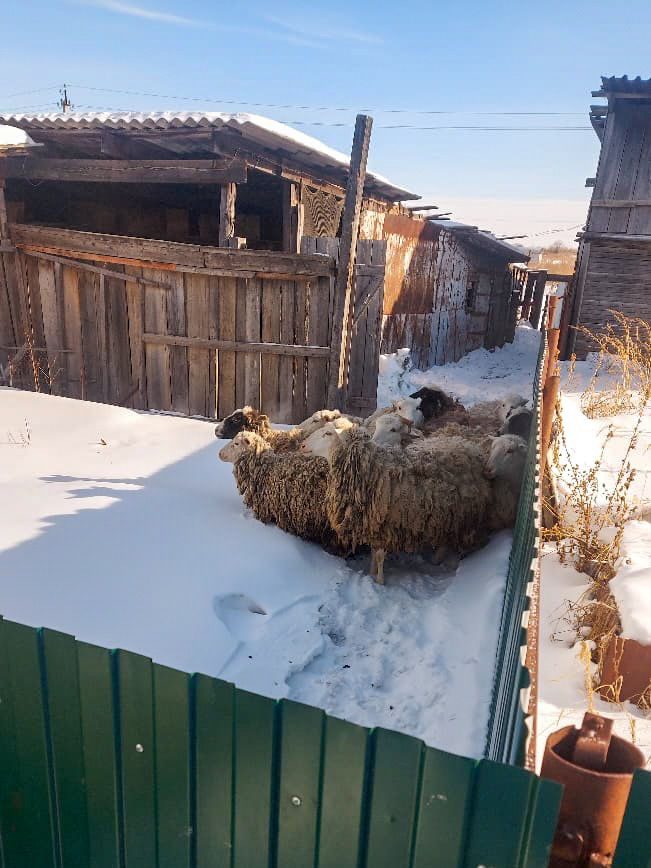A farmer from the Leninsky District of the Jewish Autonomous Region received 10 rams as part of a program to compensate for the damage caused by the Amur tiger. The Amur Tiger Center carried out the compensation thanks to the support of sponsoring organizations.
The diet of an average conflict tiger consists mainly of dogs, cows, horses and pigs. Only a small portion, literally within the margin of error, consists of sheep and rams. Such taste preferences can be explained simply: rams and sheep in the south of the Far East are kept infrequently and, therefore, there are considerably fewer of them than other farm animals.
But he who seeks, he will always find. On one of the farms in Leninsky region of the Jewish Autonomous Region 10 rams became victims at once in one evening, presumably of the Amur tiger. Regional hunting control inspectors received a report on the conflict situation, and together with employees of the MROO "Tiger Center" they visited the place of the incident.
Animal carcasses with clearly visible bite marks, tiger tracks and video from camera traps installed on the scene left no doubt that the sheep had been run over by a tiger, or rather a tigress. A summer herder set up on the spot did not work and did not stop the predator because of the snow.
Trail cam footage
After committing a misdemeanor, the predator came every two days on average, ate one of the carcasses and left. When the bounty of prey rams ran out, the tigress never came back. The tigress was most likely dissuaded by the fact that since the conflict situation the animals had been grazing with a shepherd.
The farmer got 10 rams instead of the lost animals. The Amur Tiger Center purchased the animals, the handover to the victim was performed by the hunting inspectorate.
Collaboration with the inhabitants of the Amur tiger's range and minimization of conflicts between them and this rare predator is one of the key tasks of nature protection agencies and organizations in the south of the Russian Far East. A program for compensating the damage caused by the Amur tiger to local farm animals and domestic animals is an important part of this work.
The initiative was launched by the Amur Tiger Center in 2015 to reduce tension between the population and the tiger by minimizing the desire of citizens to take revenge on the predator for the loss of animals.
Thanks to the support of sponsoring organizations, the Amur Tiger Center compensates owners for losses regardless of who was responsible for the attack: the tiger or the animal that was its prey. However, the losses are not compensated with money; they are compensated only with food or animals in the amount commensurate with the losses incurred.
In the Jewish Autonomous Region, the program is implemented jointly with the Department of Wildlife Protection and Management of the Government of the Jewish Autonomous Region and its subordinate OGBU Directorate for Wildlife Protection and Protected Areas of the Jewish Autonomous Region.





